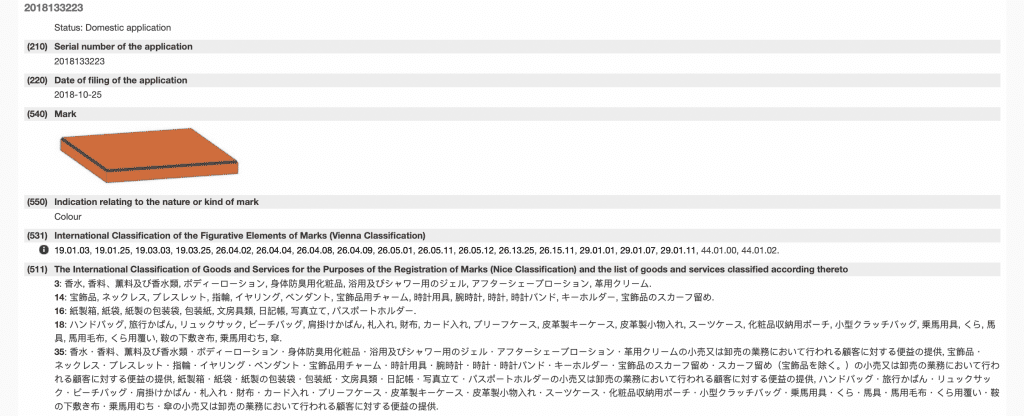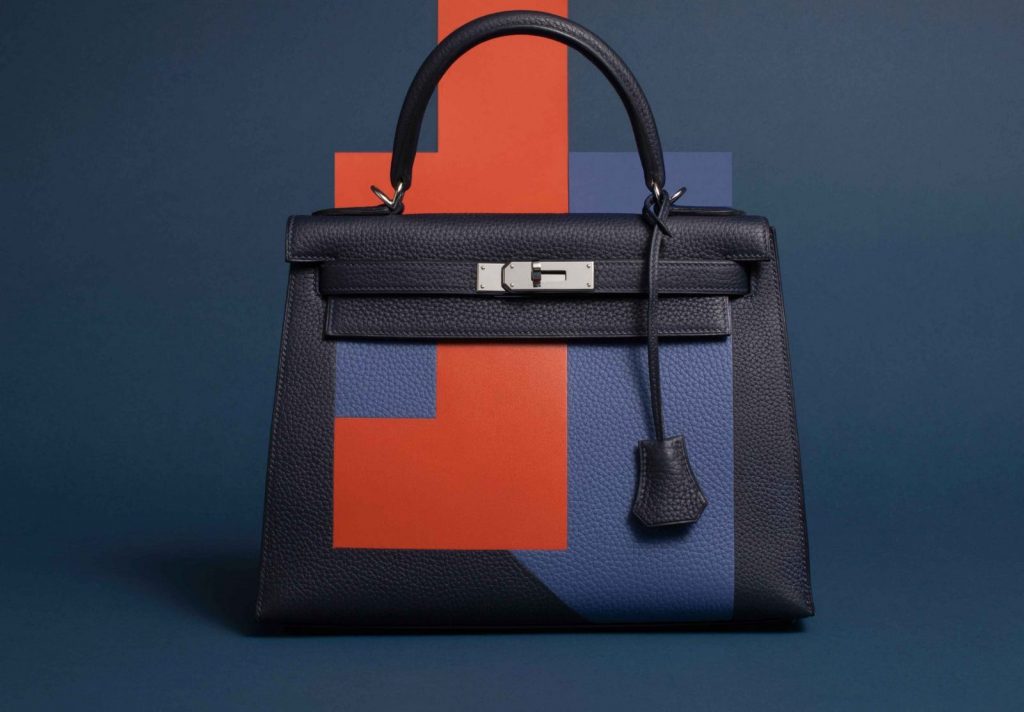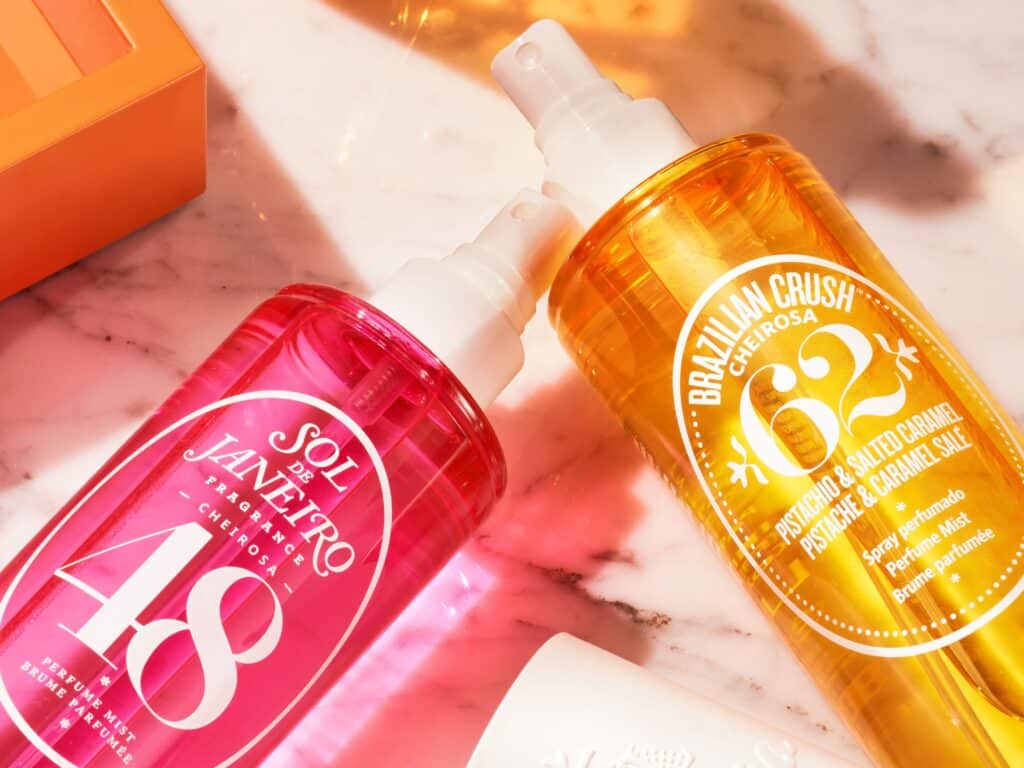Hermès is angling to overturn a finding of the Japanese trademark body, which determined earlier this year that the combination of orange and brown that can be found on Hermès’ product packaging is not necessarily an indicator of the brand. In a filing lodged with the Appeals Division of the Japan Patent Office (“JPO”) this fall, the nearly 185-year-old French luxury goods brand is arguing in favor of the registration of its specific orange and brown hues as a trademark for use on product packaging for cosmetics, jewelry, leather goods, and retailer services, among other goods/services, on the basis that consumers in Japan do, in fact, associate the famed two-color combination with a single source: its brand, thereby, enabling the orange and brown combo to operate as a trademark.
The appeal from Hermès follows from its unsuccessful argument that the combination of orange and brown on product packaging has acquired distinctiveness in the minds of relevant consumers, making it so that they associate the colored product packaging with the Hermès brand. In furtherance of its argument, counsel for Hermès stated that the brand has been consistently using the color combination on its product packaging in Japan since the 1960s and cited survey evidence that it conducted among “high-income men and women in their 30s to 50s” with incomes of JPY10,000,000 ($87,951.91) and above that shows that a portion of consumers link the colored packaging to the Hermès brand.
The Hermès survey revealed that 36.9 percent of the individuals pointed to the Hermès brand when they were shown three boxes in different shapes all bearing the orange and brown color mark. Meanwhile, 43.1 percent identified Hermès as the source when shown ten different box options in the trademark colors.

Reflecting on Hermès’ survey, an examining attorney for the JPO was not convinced that the results are “persuasive to support acquired distinctiveness among relevant consumers of the goods and services in question,” namely because Hermès limited the pool exclusively to high-income individuals. In addition to stating that the survey should have been applied to a pool of consumers with a broader range of incomes, the JPO examiner determined that “even among high-income consumers, more than half of them did not link the color to Hermès.” Based on Hermès’ survey, Osaka-based trademark attorney Masaki Mikami notes that “it is doubtful if relevant consumers would conceive the color per se as a source indicator.”
With the foregoing in mind, the JPO examiner refused to register the mark.
This is not the first time that Hermès – or other brands – have faced pushback from the JPO over color-centric trademarks. The JPO has registered “trademarks of multiple colors” in the wake of an April 2017 enactment of a revision to the Trademark Act of Japan to allow for marks that consist exclusively of colors to be registered, according to Kimura & Partners attorney Takaaki Kimura. And in speaking about the registerability of colors at the time of the law’s revision, the JPO’s trademarks division director Sunao Sato said that this “new type of trademark is expected to play a major role in corporate brand strategy as a means of disseminating various brands” as opposed to simply via word marks or logos.
Since then, the JPO has issued registrations for a number of other color-centric marks – from Sumitomo Mitsui Financial Group’s dual greens to the color scheme of Mitsubishi Pencil’s maroon “UNI” pencil, complete with a black band. Yet, despite the change in law and a few subsequent registrations, there appears to be a larger trend in rejections of color marks, with the JPO taking the stance that many of these marks “lack distinctiveness and [the applicants fail] to demonstrate acquired distinctiveness.” For instance, the JPO previously objected to an application filed by Hermès for a three-color combination mark for use in Classes 14 (jewelry), 18 (leather goods), and 25 (clothing). Meanwhile, Christian Louboutin has similarly faced opposition in Japan in its quest to register its famed red sole trademark.
A further indication of the difficulty that brands are having when it comes to amassing color-specific trademark registrations in Japan? The strikingly slim success rate for color applications.
Mr. Mikami has told TFL that as of November 15, 2020, 543 applications for color marks were filed with the JPO. As for the number of those applications that have resulted in registration: a mere eight, which makes for a 1.5 percent “success rate.” He further notes that this trend, which has seen the eight existing color registrations issued exclusively to large companies, may “imply that the JPO considers color marks to be unavailable for registration without enormous investment” by the filing party, which means that “smaller companies and startups cannot take advantage of color marks as a branding tool at all, contrary to other traditional and non-traditional trademarks, e.g. name, shape, logo (design), position, motion.”














